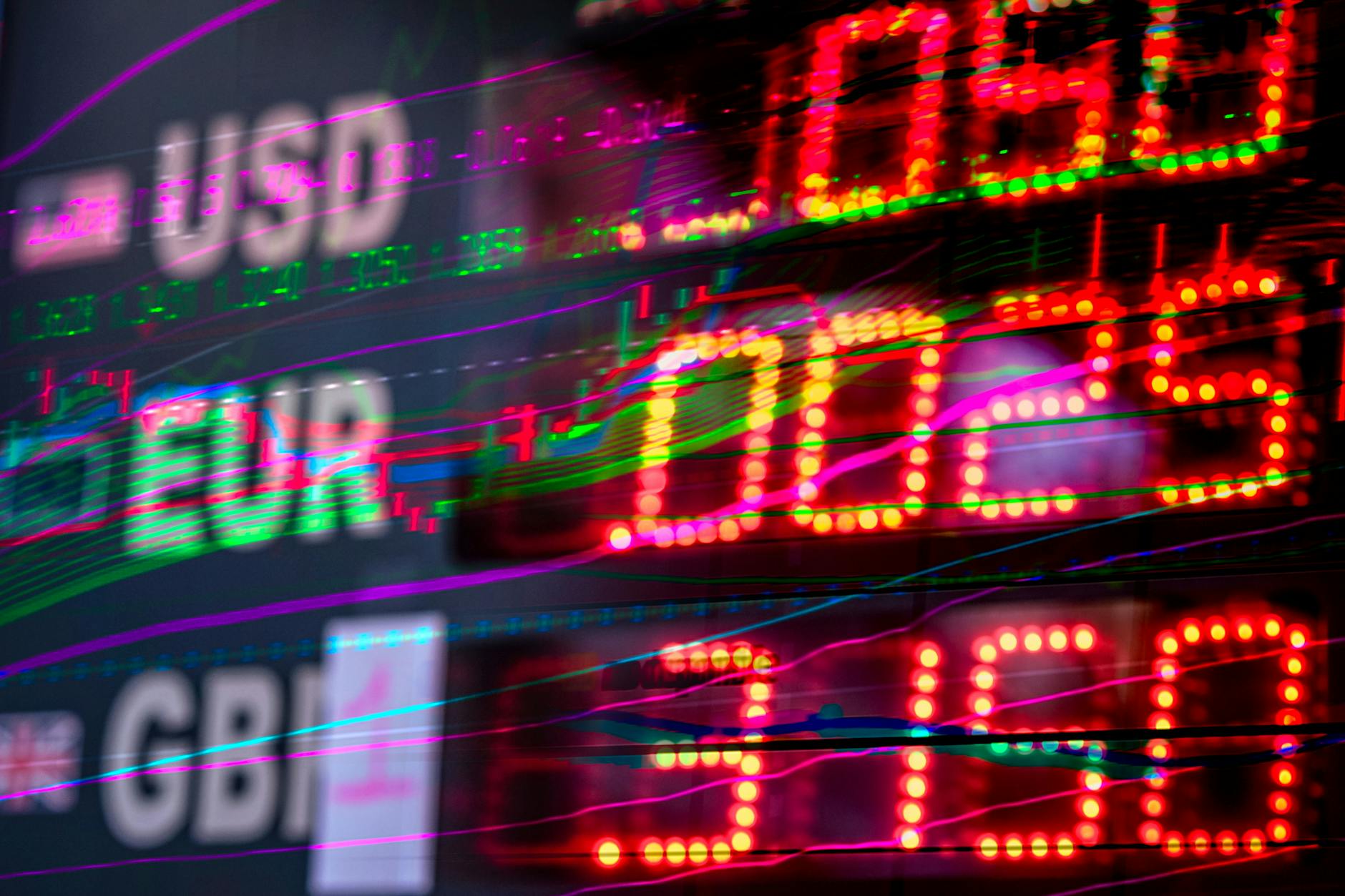Amidst an intricate tapestry of geopolitical tensions and policy uncertainty, Circle's stock has experienced a notable surge. This uptick arrives at a juncture where President Donald Trump deliberates his course of action on Iran, while the Federal Reserve adopts a 'wait and see' stance concerning monetary policy. For investors and market watchers, these developments present a complex scenario where the interplay of international diplomacy, fiscal policy, and corporate performance demands a nuanced analysis.
Circle, primarily known for its role in the digital currency realm, particularly through the operation of its USD Coin (USDC) - a stablecoin tied to the US dollar - finds itself in the spotlight not just for its financial performance but as a litmus test for the broader acceptance and integration of crypto-financial technologies in mainstream markets. As detailed in a recent Decrypt article, the surge in Circle's shares can be interpreted as a market endorsement of stablecoins and their perceived stability compared to traditional cryptocurrencies like Bitcoin and Ethereum.
The Federal Reserve's current cautious stance, possibly influenced by global economic uncertainties and ongoing trade tensions, has significant implications for the fintech sector, including enterprises like Circle. The decision to hold off on interest rate changes underscores the Fed's strategy to hedge against potential economic downturns, which could in turn affect liquidity and the investment landscape within which digital asset firms operate.
On the geopolitical front, President Trump's hesitancy over Iran could be seen as a reflection of broader uncertainties impacting global markets. Decisions made in this arena could precipitate shifts in global oil prices, international relations, and economic sanctions, all of which bear weight on the stability and attractiveness of digital assets as safe-haven investments or hedging tools.
For entities deeply embedded in the crypto ecosystem, such as Circle, these macroeconomic and geopolitical factors play a crucial role. The interconnection suggests that for fintech companies, maintaining agility in policy response and innovation in product offerings is more pressing than ever. The ability to swiftly adapt to the changing regulatory and economic landscape will likely delineate the frontrunners from the laggards in this fast-evolving sector.
In conclusion, the interwoven dynamics of stock market performances, presidential decisions on international matters, and central banking policies are crafting a scenario ripe for strategic analysis and foresighted adaptations in the fintech and crypto domains. For companies like Circle and their stakeholders, navigating this complexity will not only require keen insight into immediate fiscal shifts but also a robust understanding of their long-term geopolitical implications.
Indeed, these developments offer a potent reminder of the sophisticated interdependencies defining our modern financial and political ecosystems, challenging industry leaders and policymakers to forecast and sculpt a resilient path forward for the burgeoning world of fintech and digital assets.



